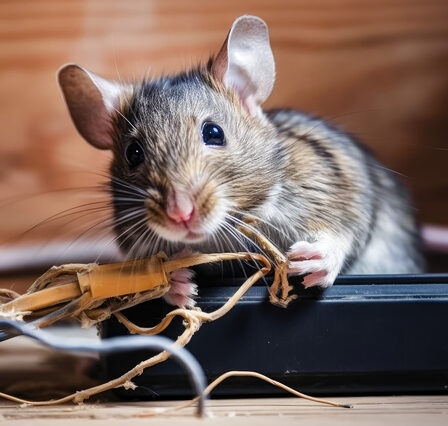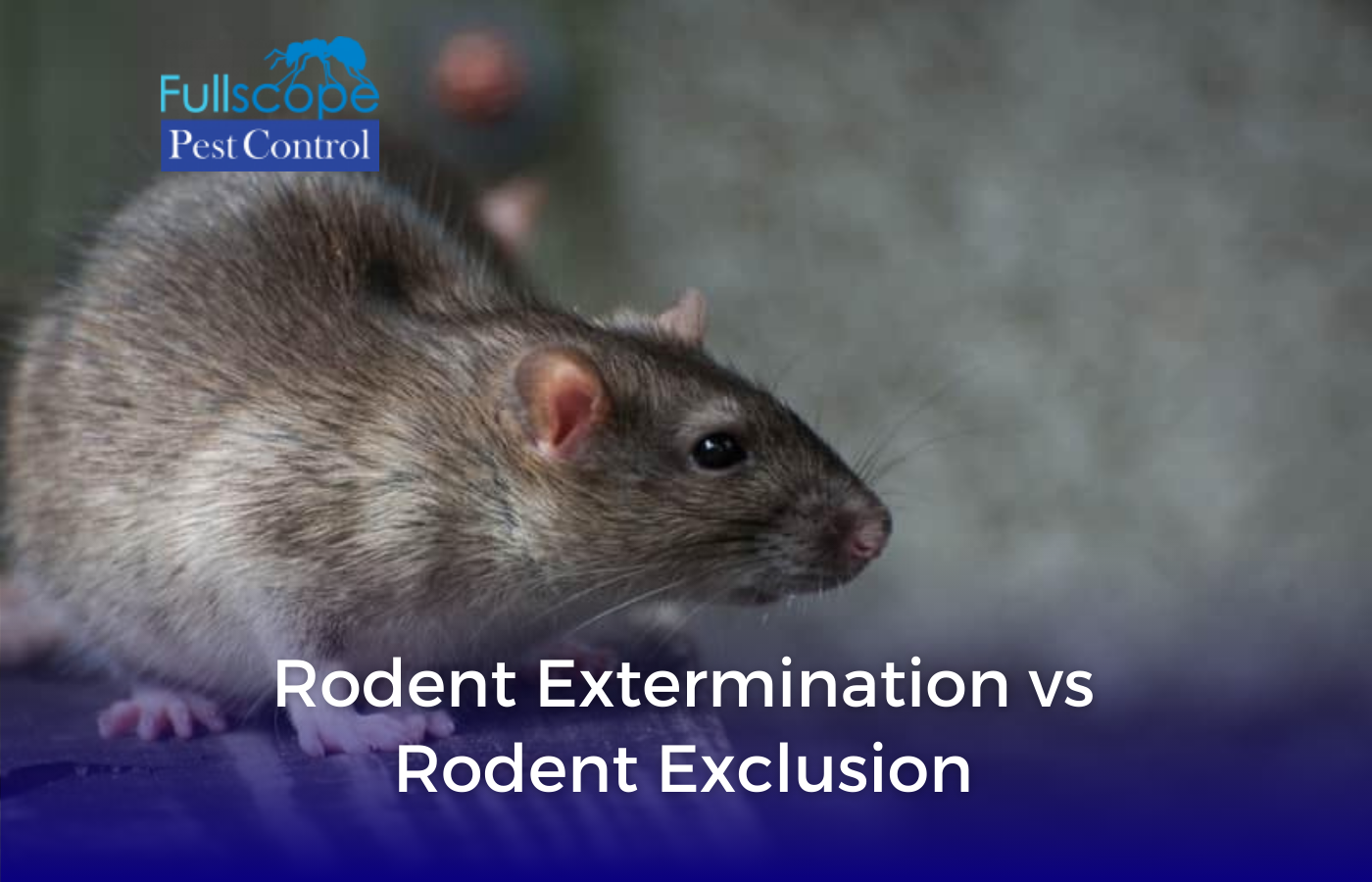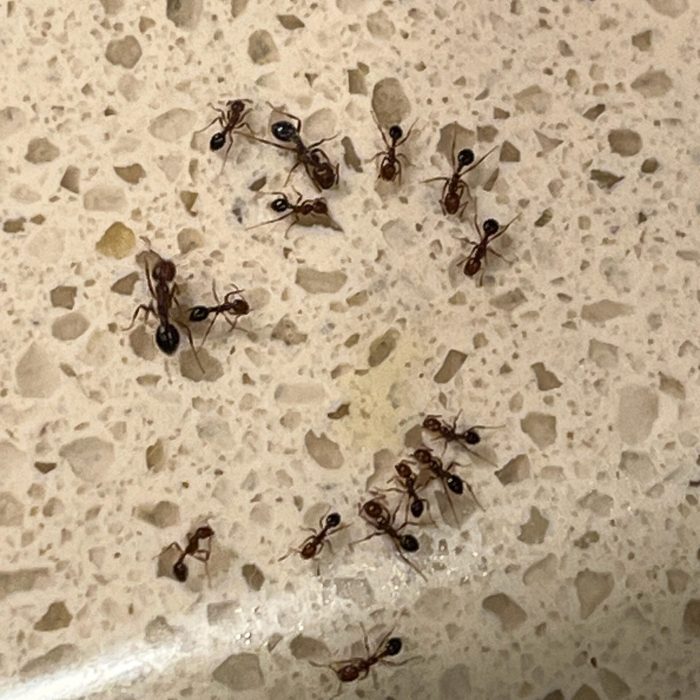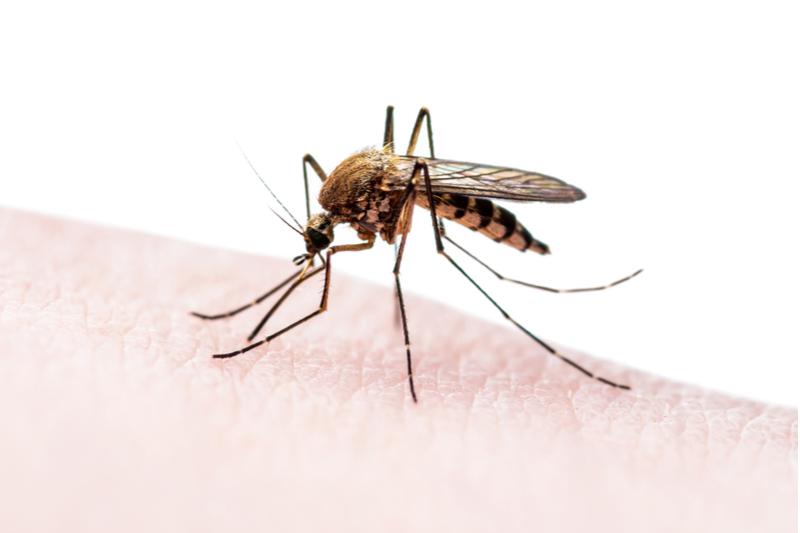Among the recurring vital decisions homeowners and property managers have to make concerning rodent issues is deciding between rodent exclusion and rodent extermination. Understanding the nuts and bolts of every option is essential to choose wisely. Imagine creating a fortress in your home that keeps pesky intruders out – that’s what effective rodent control feels like. This blog deals with both approaches, leading to one finally seeking whichever suits their needs best.

Rodent Extermination: What You Need to Know
The term rodent extermination describes the methods of ridding a location of rodents by actively putting them to death using traps, baits, and rodenticides. Extermination is generally considered where there is a need to reduce the rodents infesting the home or business.
Common Methods
- Traps: Physical devices used to capture or kill rodents on contact. Their types vary from snap traps for lethal effects to live-catch for non-lethal purposes.
- Poisons (Rodenticides): Chemical agents in the form of baits used for killing rodents after attracting and luring them into eating the poison.
- Fumigation: To be enforced in grave infestations, fumigation is a relatively radical measure characterized by blocking the target area and pumping gaseous pesticides to exterminate all rodents within the premises.
Scenarios for Extermination
The extermination works well under circumstances where relatively quick effects are needed, such as where large and visible populations of rodents have to be reduced. In this case, it would provide speedier relief from rodents damaging property or creating a health hazard.
Rodent Exclusion: A Preventative Strategy
On the other hand, rodent exclusion differs from extermination in that it aims to ensure that rodents are excluded. One clear piece of evidence is that any possible entry point that a rodent can use to access a structure must be sealed. The process also includes environmental changes so that the rodent ceases to be.
Techniques Used in Rodent Exclusion
- Sealing Entry Points: This may include filling wall cracks, repairing damaged vents, and the installation of rodent-proof sweeps on doors, among others.
- Environmental Modifications: Declutter your home and yard thoroughly, and store food properly so that rats do not find their way to food.
- Regular Inspections: When it comes to driving off unwanted critters, nothing beats a solid game plan for rodent control that targets where they live and what attracts them. Lookout for new ways in or unusual behaviors while making certain our present defenses are robust and attentive to immediate concerns.
Benefits of Exclusion
Rodent exclusion is beneficial as a long-term solution. It not only prevents new rodents from entering but also reduces the likelihood of future infestations without the use of harmful chemicals.
Conclusion
It’s essential to decide between this extermination and the exclusion of your needs. If it is an immediate case with the rodents, promptness is needed for their prompt approach to resolving your problems. For ongoing prevention, exclusion remains the most effective and eco-friendly option. At Fullscope Pest Control, we’re dedicated to meeting your specific needs with safe and effective solutions for pest control. With a personalized strategy, our staff is prepared to help you safeguard a healthy, pest-free home or company.
Contact Fullscope Pest Control today, and let one of our professionals take the lead by ensuring those annoying pests don’t bother you again. Let us help you keep your home or business to yourself.






